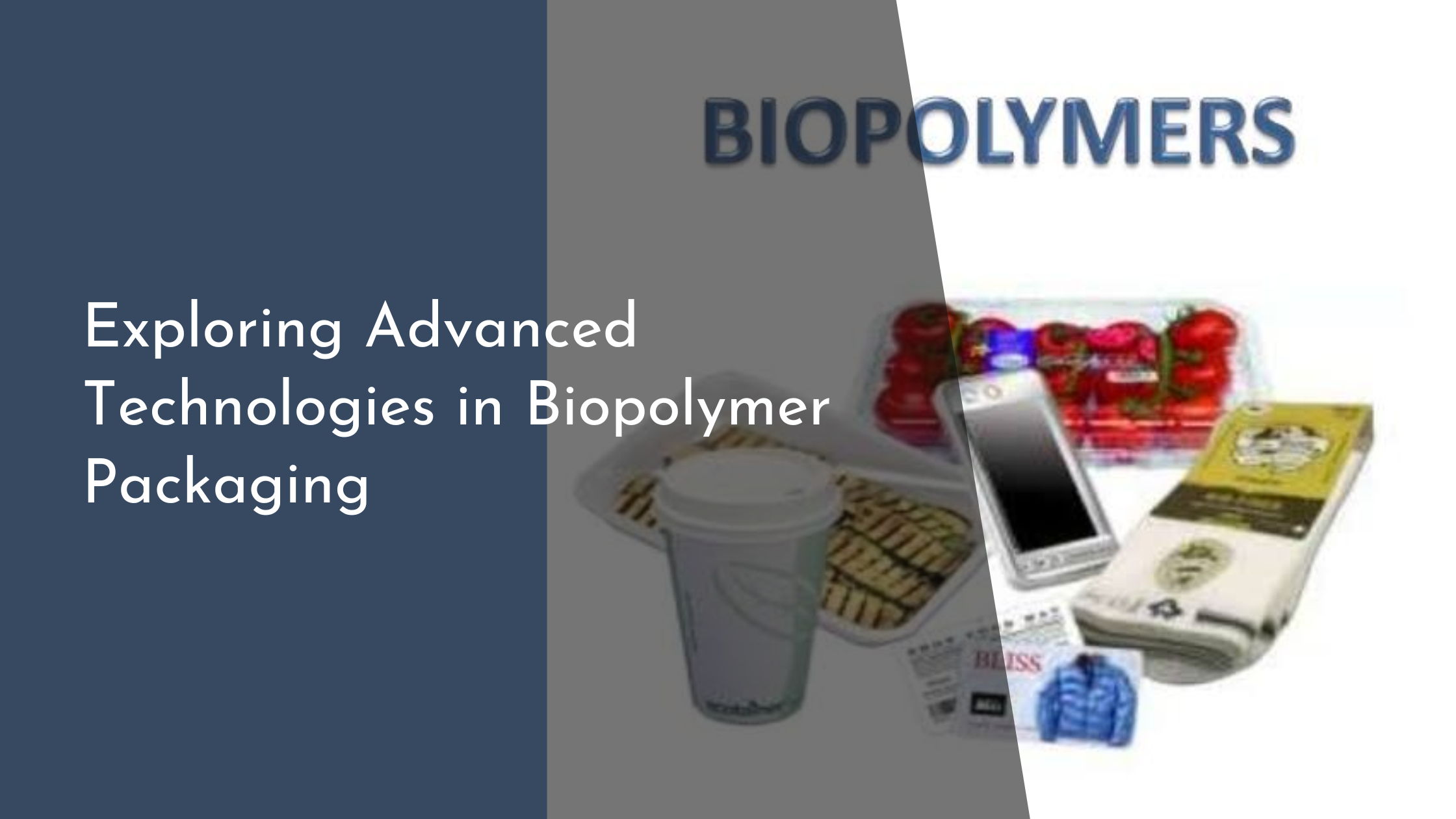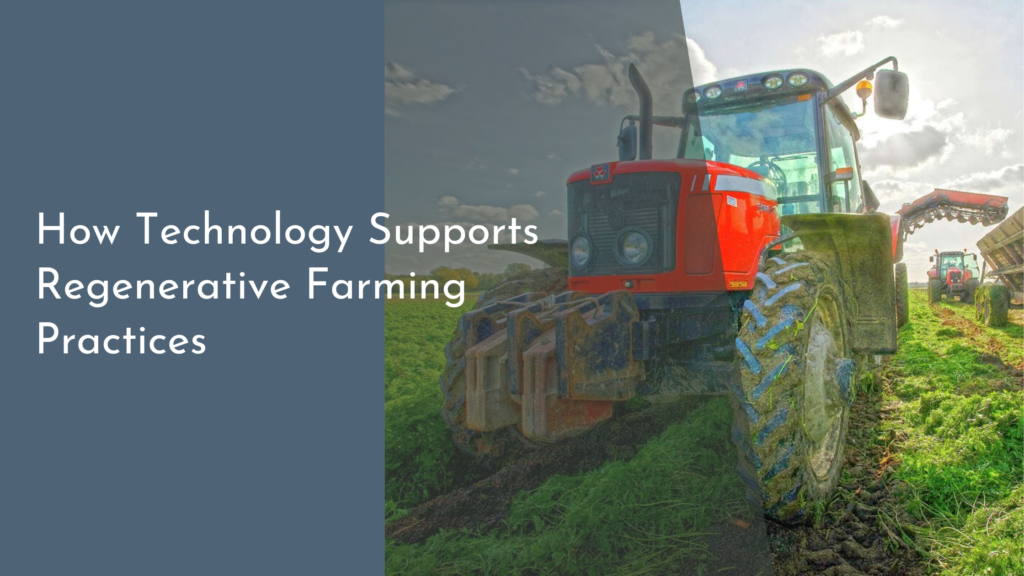Exploring Advanced Technologies in Biopolymer Packaging
In recent years, the packaging industry has been undergoing a transformative shift towards more sustainable and environmentally-friendly solutions. One of the most promising developments in this realm is the rise of biopolymer packaging. These innovative materials are derived from renewable biological sources and are increasingly being adopted across various sectors. This article delves into the evolution of biopolymer packaging, examines the key advancements in the technology, highlights the environmental benefits, and explores the future prospects of this burgeoning field.
The Rise of Biopolymer Packaging Solutions
The demand for sustainable packaging solutions has skyrocketed as consumers and businesses alike become more environmentally conscious. Biopolymer packaging has emerged as a frontrunner in this green revolution, offering a viable alternative to traditional petroleum-based plastics. Derived from natural sources such as corn starch, sugarcane, and cellulose, biopolymers are biodegradable and can significantly reduce the carbon footprint of packaging materials. This shift is not just a fleeting trend but a substantial movement towards harnessing nature’s resources to create more sustainable packaging options.
The rise of biopolymer packaging solutions is further bolstered by regulatory pressures and consumer demand for eco-friendly products. Many governments worldwide are implementing stringent regulations to curb plastic pollution, making biopolymer packaging a more attractive option for businesses seeking to comply with these new standards. Additionally, consumers are increasingly favoring brands that prioritize sustainability, which has accelerated the adoption of biopolymer materials in the packaging industry. This growing awareness and acceptance highlight the critical role biopolymers play in the move towards a more sustainable future.
Key Advances in Biopolymer Technology
The field of biopolymer technology has seen significant advancements that have broadened the applications and improved the performance of biopolymer packaging. One notable development is the enhancement of mechanical properties, allowing biopolymers to better mimic the strength and durability of conventional plastics. Researchers are continuously working on modifying the chemical structure of biopolymers to enhance their flexibility, thermal stability, and barrier properties, making them suitable for a wider range of packaging applications, including food, cosmetics, and pharmaceuticals.
Another exciting advance in biopolymer technology is the integration of smart features. Scientists are exploring the incorporation of active and intelligent components into biopolymer packaging, such as antimicrobial agents and sensors that can detect spoilage or contamination. These innovations not only extend the shelf life of products but also contribute to improved consumer safety and reduced food waste. With ongoing research and development, the potential of biopolymer packaging is expanding, making it a formidable contender in the global packaging market.
Environmental Benefits of Biopolymers
Biopolymers offer significant environmental benefits over traditional plastics, primarily due to their renewable nature and biodegradability. Unlike conventional plastics, which can take hundreds of years to decompose, biopolymers break down much faster, significantly reducing the volume of waste in landfills and oceans. This inherent biodegradability not only minimizes pollution but also conserves resources by preventing the need for extensive recycling processes.
Moreover, biopolymers contribute to a reduction in greenhouse gas emissions. Since they are derived from renewable sources such as plants, the production of biopolymers involves the absorption of carbon dioxide from the atmosphere during the growth of these plants. This process offsets the carbon footprint associated with biopolymer production, making it a more environmentally friendly alternative to fossil fuel-based plastics. As climate change becomes an increasingly pressing issue, the environmental advantages of biopolymers make them a pivotal component in global sustainability efforts.
Future Prospects of Biopolymer Packaging
The future of biopolymer packaging looks promising as technological advancements continue to enhance its capabilities and applications. Researchers are exploring new sources of biopolymers, such as algae and microorganisms, which could offer even more sustainable and efficient alternatives. These novel sources may also reduce competition with food crops, addressing one of the main critiques of plant-based biopolymers. As these innovations come to fruition, biopolymer packaging is expected to become increasingly cost-competitive with traditional plastics, further driving its adoption.
In addition, the collaboration between industry players, academic institutions, and government bodies is fostering a supportive ecosystem for the growth and development of biopolymer technology. These partnerships are crucial for overcoming current limitations in biopolymer production and scaling up manufacturing processes. With continued investment in research, development, and infrastructure, biopolymer packaging is poised to play a crucial role in achieving a circular economy and a sustainable future.
As the world grapples with the environmental impacts of traditional plastics, biopolymer packaging emerges as a beacon of hope for a sustainable future. With its roots in renewable resources, advanced technological capabilities, and significant environmental benefits, biopolymer packaging is making waves across the industry. While challenges remain, the future prospects are bright, offering a glimpse into a world where packaging solutions harmonize with nature, contributing to a healthier planet for generations to come.


